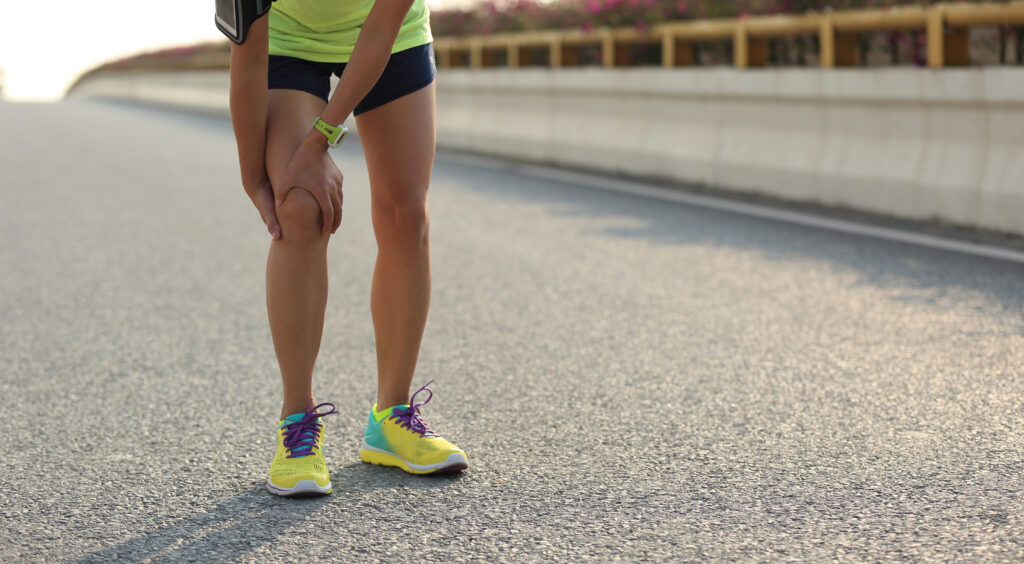
Have you ever experienced excruciating inner thigh cramps? Several factors can contribute to severe leg cramps in the inner thigh, many of which we’ll touch on in this post.
Whether you’re a road racer, mountain biker, footballer, triathlete, or just a fitness fanatic, it’s more than likely you’ll suffer from adductor cramps or inner thigh muscle spasms at one point or another.
You can prevent inner thigh cramps with ample hydration, electrolyte replenishment, stretching, and rest. However, it’s important to note, there may be occasions where medical assistance is necessary. In this article, we’ll discuss the symptoms, treatment, and prevention of inner thigh cramps.
Depending on the cause, a cramp inside the thigh can be described as:
When you suffer from inner thigh cramps, you typically experience pain in the abductors or inner thigh muscles. These muscles lie close to the groin, which is the region of your hips between your thigh and stomach. Keep in mind, inner thigh pain and groin pain can overlap due to their proximity.
Inner thigh cramps can occur alongside other symptoms, such as:
Depending on the cause of the pain, other symptoms may be present.
The cause of inner thigh cramps is sometimes unknown (idiopathic.) In other cases, you may often find an identifiable cause or underlying medical condition.
The cause of idiopathic cramps is unknown. However, there are several theories as to what could cause inner thigh cramps. These include:
Additionally, our tendons tend to shorten as we get older, which explains why older people experience frequent leg cramps. Tendons are tough tissues that connect bones and muscles. When they shrink, they can cause the muscles attached to them to cramp.
Secondary leg cramps are often due to an identifiable cause or underlying condition. For example:

You can typically treat inner thigh cramps with self-care measures. Your physician can show you specific stretching exercises that can minimize the chances of muscle cramps. The most important thing is staying well-hydrated. However, if you have recurrent muscle cramps that impact your sleep, your doctor will probably prescribe you a muscle relaxant.
Make sure you stretch properly before and after you exercise. Stretching, especially dynamic stretching, helps warm up your muscles and prepare them for the training you’re about to undertake. Sufficient stretching can prevent inner thigh cramps during and after exercise.
One incredible stretch for preventing cramps in the thigh, as mentioned above, is to pull your foot up towards your buttock and hold the stretch for thirty seconds. Complete this three to four times on either side after you exercise to minimize your chances of getting cramps.
Maintaining adequate levels of electrolyte balance and hydration are essential for efficient athletic performance. Therefore, it’s recommended that you drink plenty of water before, during, and after exercise. Additionally, taking an electrolyte-rich supplement to replenish depleted salts can boost your recovery and reduce your chances of cramping.
It’s vital to prioritize rehydration when exercising, as this will help you maintain fluid balance and stay cool.
If you want to prevent inner thigh cramps, add MAGNAK to your training! It can help you recover faster and get rid of unwanted bloating.
Order your hydration powder today!
